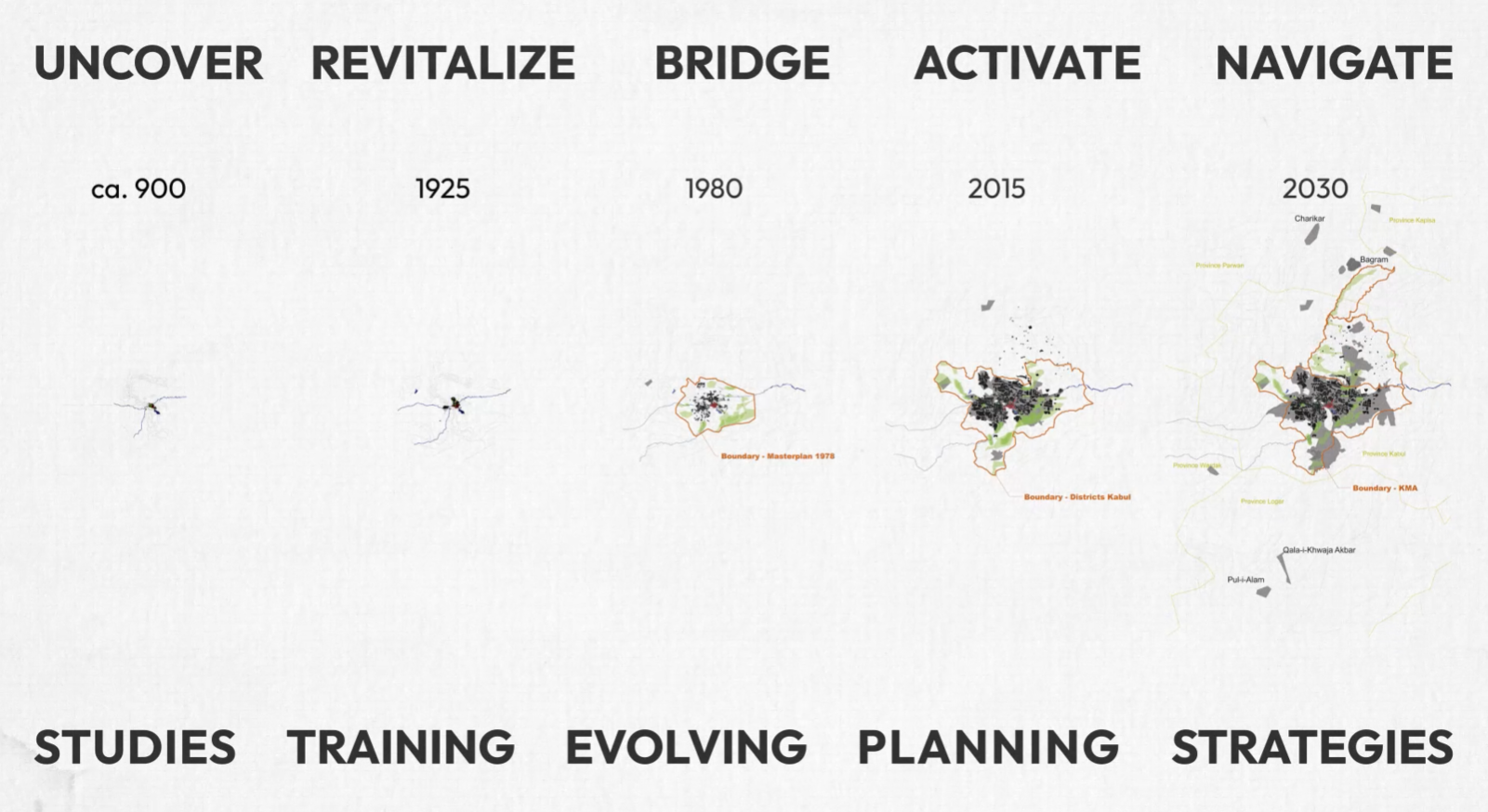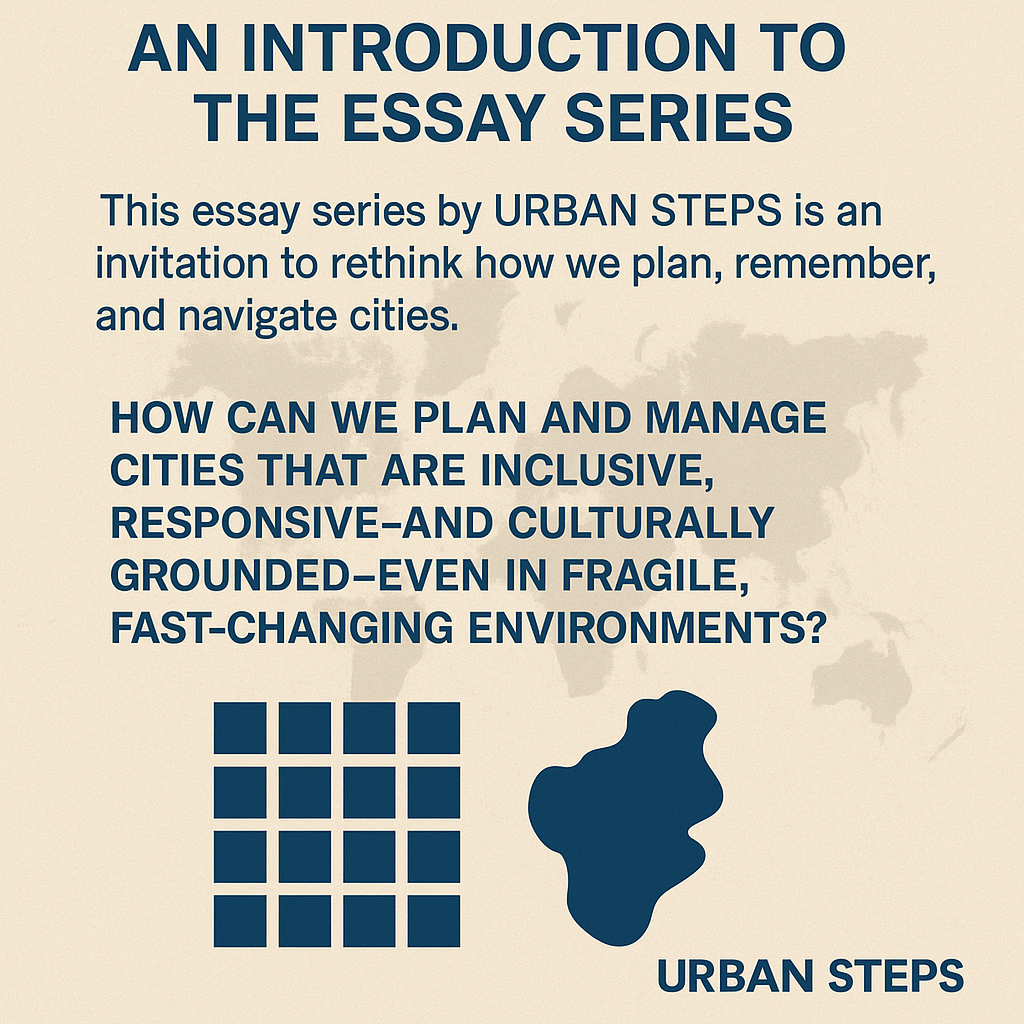
Forgotten Order: Why Self-Organization Is Not Informal Chaos
A Blog Essay for URBAN STEPS
“It was not absence that
structured these neighborhoods, but presence—of
responsibility, reciprocity, and embedded social control.”
Zahra Breshna, Kabul fieldnotes, 2004
Introduction
In the fast-growing cities of
the Global South, self-organization is often misunderstood—reduced
to informal housing, market improvisation, or administrative failure. But what
if these structures represent not a lack of order, but another kind of order
altogether?
Drawing on urban studies in
Kabul’s historic neighborhoods, this essay revisits the concept of
self-organization not as resistance to planning, but as an inherited system of
coexistence and regulation—a “forgotten order” deeply rooted in
cultural norms, moral obligations, and spatial practice.
Coexistence
Before the State
Before centralized
administrations took hold, urban regulation in cities like Kabul was governed
through a layered ecology of responsibilities:
- wokil guzar (neighborhood representatives) mediated conflict
- guilds managed price
stability and trade
- mosques and
community elders organized care, safety, and sanitation
- property norms were negotiated
through shared memory and moral obligation.
“Mechanisms of distribution in
the alleys of Kabul did not primarily follow formal state directives but rather
a social code that was based on fair use, respect, and reputation.”
Zahra
Breshna, Kabul fieldnotes, 2004
These systems evolved through practice, negotiation, and collective ethics,
forming a governance architecture both durable and dynamic.
From
Regulation to Respect
This form of cultural
regulation was never just about efficiency. It relied on “honor economies”—trust,
reputation, and intergenerational learning. This is what allowed these
neighborhoods to function even in the absence of external control.
Self-organization, then, was not unplanned—it was differently planned.
This makes it distinct from
what today is labeled “informal.” While informality often reflects survival in the absence
of access, self-organization is
an inherited framework. It imposes duties, not just rights. It is neither
romantic nor nostalgic—it
is demanding, participatory, and deeply relational.
What
We Lost (And Can Learn)
Today, urban development
programs often mistake self-organization for administrative failure—or
attempt to replace it with participation models that ignore the power of
embedded norms.
“Planners tend to treat
community as a resource to be activated, not as a governance system already in
place.”
Zahra Breshna, Kabul fieldnotes, 2004
By failing to recognize this, we overlook what cities
already know how to do.
URBAN
STEPS and the Return of Memory
URBAN STEPS does not
seek to idealize self-organization, but to learn from it. We explore how these
forms of “cultural cohabitation” might
support more inclusive, flexible planning—especially in areas where state
presence is limited.
Our methods Uncover/Study (U/S) and Bridge/Activate (B/A) draw directly on these field studies: historical maps, neighborhood surveys, and the living memory of street-level planning. Through this lens, we understand cities not only as challenges to be governed, but also as systems that have long governed
